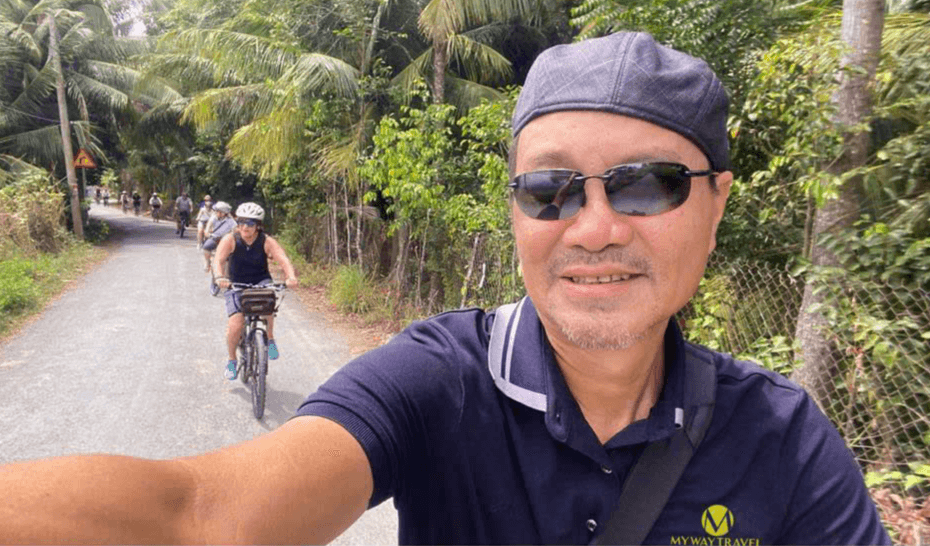Japan – Kyushu: Island Guide
The southernmost island in Japan, Kyushu’s vibrant port cities have great access to Asia by boat and plane, and this seismically active island is temptingly full of steaming hot springs, verdant peaks, simmering volcanoes, waves crashing onto sandy beaches, with a rich cultural legacy developed from its proximity to mainland Asia.
Japan Kyushu Travel Guide
First stop for many visitors is Fukuoka, a flourishing metropolis on the bullet train line along the island’s northern shore; a ferry ride from Korea, the city is famous for its ramen noodle broths flavoured from pork bone, and marinated cod roe. On a west coast peninsula sits Nagasaki, boasting one of world’s most stunning harbours, its deep waters favourable for international trade, and sustaining Japan’s link to the outside world for over 400 years. For superb (and potentially vertigo-inducing) views over the city, take the cablecar up Mount Inasa – it’s impressive during the day, and magical at night.
The bullet train now stretches down Kyushu’s west coast to Kumamoto, with its majestic samurai-era castle that was considered impregnable, from its construction in the 1460s right up to 1877, when parts of it were destroyed by unhappy samurai with cannons. These days, the fieriest encounter you’ll have in Kumamoto is with the local delicacy, karashi renkon – lotus root stuffed with mustard.
Beyond Kumamoto, a short boat ride or cycle hop lands you on the far western Amakusa islands, interlinked by bridges and incongruous in their stunning rural vistas; home to Japanese Catholics for several centuries, the magical islands are dotted with European-style churches that rise up between the rice fields and forested peaks.
Inland, the green peaks and valleys around Kyushu’s Mount Aso offer excellent hiking and cycling, and breathtaking views of one of the world’s largest volcanic calderas – a sight made even more unusual by the Jersey cows that graze the volcano’s green grassy slopes. Combine activity with luxury at secluded chic resorts like Kurokawa Onsen, a beautiful hot spring town about 12 miles north of the mountain, or follow the founding myths of ancient Japan and head up to the Takachiho mountains, where the Shinto Sun Goddess is said to have hidden from her rampaging brother.
Carving deep into Kyushu’s south coast, Kagoshima Bay can be hot enough to brew tea, thanks to spluttering volcanic Sakurajima (‘cherry blossom island’), which emerges from the water. Try lying in one of the hot sand baths on the beach in the onsen town of Ibusuki, although perhaps before you sample the local strong liquor, shochu, which is distilled in Kagoshima and popular all over Japan. Kagoshima samurai were instigators of change in the mid 19th century, trading with foreign vessels and rebelling against the feudal government in Tokyo; they eventually rebelled too much, and were defeated, the last samurai leader dying here after the bloody battle that savaged Kumamoto castle.
Take a ferry due south from Kagoshima, and you’ll arrive at the gorgeous UNESCO Biosphere reserve that is Yakushima, a mountainous island covered in otherworldly forests of thousand-year-old cedar trees, clad in moss and vines, that reputedly inspired Miyazaki’s Princess Mononoke, as well as historic poets – the call of cuckoos or bush warblers might even inspire you to write a haiku.
Head on around Kyushu up the east coast, which boasts palm trees and sandy beaches that are wildly popular with surfers, then head down into the sophisticated onsen resort of Yufuin for a well-deserved soak. You’ll find ancient Buddhist statues carved into rockfaces in Usuki, the world’s biggest hot spring resort in seaside Beppu, and – inland from Beppu – hike up Mount Yufuin for spectacular views, then head into the hot spring town of Yufuin for a well-deserved soak.
Okinawa
Far to the south – half way to Taiwan, in fact – the Okinawa Islands were an independent kingdom until the mid 19th century, and are famous for their huge US military bases, established during the 1940s and still covering about 20% of Okinawa Hontō. The islands are also known for their wonderful beach resorts, snorkelling and reefs, and their extraordinary cuisine – from the miracle mozuku seaweed, which is harvested with a hoover from the ocean floor, to the bitter pimply green goya plant, raw goat sashimi, and an islandwide obsession with SPAM.
Speak to someone who's been there

Kyushu, Japan’s southernmost island, boasts vibrant port cities, lush peaks, active volcanoes, and relaxing hot springs. Its rich culture reflects deep ties to mainland Asia.
Japan ⟩ The Japanese Alps
Japan ⟩ Tsumago
Japan ⟩ Tokyo
Japan ⟩ Hakone
Japan ⟩ Osaka
Japan ⟩ Okinawa
Japan ⟩ Kyushu
Japan ⟩ Hiroshima & Miyajima
Japan ⟩ Kyoto
Japan ⟩ Takayama
Japan ⟩ Hokkaido
Japan ⟩ Kanazawa
Suggestions for Exploring Kyushu:
Soak in famous hot springs, hike volcanic landscapes, and explore historic sites. From Fukuoka to Kagoshima, Kyushu promises adventure, culture, and stunning scenery.





